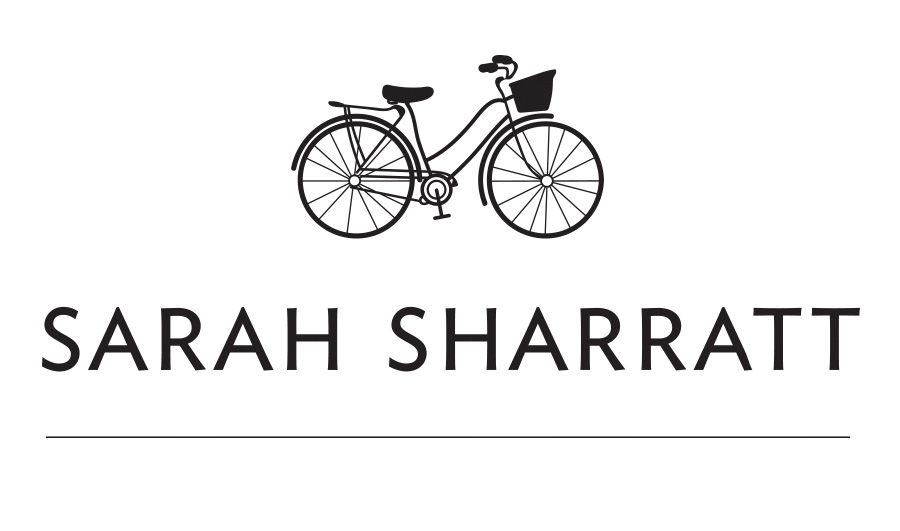INSTRUCTIONS
When pulling together a charcuterie board for an appetizer, you should allow for approximately 2 ounces of meat per person. I have given some estimates in the ingredient list for the kinds of meats and amounts to serve. However, you should look for the best quality meats you can get around you and use those.
In addition to the meats, it is important to serve other items that can help cut the fattiness of the meats – items such as pickles or artichoke hearts. I also love to add some parmesan cheese with honey for dipping. This is something we picked up from our travels in Italy and just love.
Finally, I recommend adding other fresh and dried fruits such as grapes, pomegranates, dried figs and apricots. They add another layer of texture which is an important element of pulling together a board that works. In general the meats have a greasiness to them that needs to be balanced with other textures (things that crunch) and other flavors (tangy or sour items).
Most important of all, with the above information in mind, create a board of items you love to eat. My guess is you will find that once arranged on your board, the colors, flavors and textures will work.
